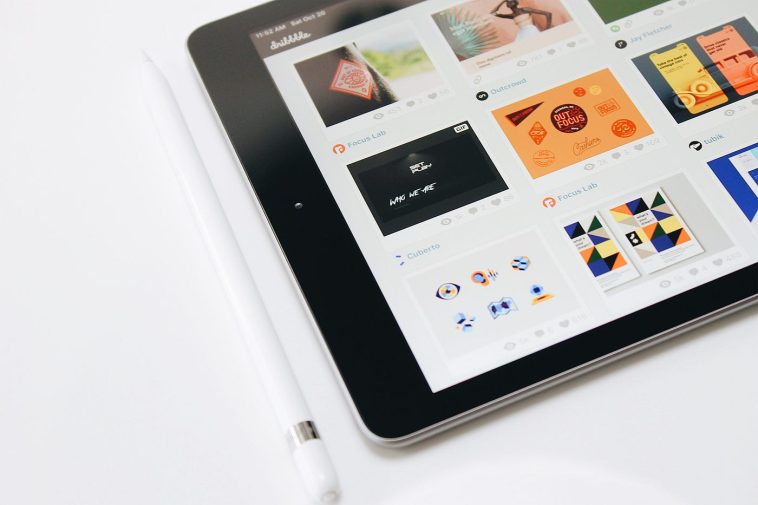Introduction.
Selling digital products can be one of the most flexible and rewarding ways to earn online. There’s no inventory to ship, no warehouse to manage, and once your product is created, it can sell over and over again without much extra work. But how much can you actually make doing this?
That’s the question I hear all the time—from side hustlers, creatives, coaches, and even small business owners looking to earn more without burning out. The short answer? It depends. The longer answer?
There’s serious potential here—but success comes down to strategy, product-market fit, and consistency.
If you’re curious about how people are really making money selling eBooks, courses, printables, templates, stock photos, and other digital stuff (and how much they’re making), I’m going to walk you through everything.
I’ll share real numbers, examples, and helpful tools to get you moving in the right direction—without wasting time or spinning in circles.
Let’s break it all down.
What Counts as a Digital Product?
Before we get into earnings, here’s a quick refresher. A digital product is anything you sell online that doesn’t require physical delivery. You create it once, and people can download or access it anytime.
Here are some common types of digital products:
- eBooks or guides
- Online courses or workshops
- Canva or design templates
- Stock photos or video clips
- Music or sound effects
- Notion, Excel, or Google Sheets templates
- Digital planners or journals
- Printables (worksheets, wall art, etc.)
- Software or code snippets
- Paid newsletters or memberships
These products can live on platforms like Etsy, Gumroad, Teachable, Podia, or even your own website. And the cool part? You can scale fast without needing to hire a team or store inventory.
So, How Much Can You Really Make?
Let’s talk numbers. Actual income varies wildly, depending on the product, pricing, niche, and audience. Here’s a look at what different types of sellers are earning:
Hobby-Level: $50–$500/month
This is common for people selling a few printables on Etsy or Gumroad. Maybe you’ve uploaded 5–10 products and promote them occasionally. It’s great as a little side income, but usually not enough to live on.
Side Hustle: $500–$5,000/month
Once you’ve figured out what people want and built up your shop or mailing list, things can really pick up. This level is typical for creators who’ve put in consistent effort for 3–12 months.
Example:
A small business coach selling mini digital courses for $49
A graphic designer selling Canva templates on Etsy
A creator selling Notion templates for $19 with affiliate traffic
Full-Time: $5,000–$25,000/month
This is where you’re likely selling digital products as your main income. You’ve built a loyal following, created a signature product (or a bundle), and possibly layered in upsells or affiliate income.
Example:
An educator with a $197 online course and email funnel
A content creator with high-traffic YouTube + product links
A copywriter selling swipe files and toolkits on her own website
Scaled Business: $25,000+/month
At this level, you’re likely running a full-blown digital brand. Maybe you’ve hired a small team, invested in ads, and are earning from multiple products across platforms.
Example:
- Melyssa Griffin reportedly earned $2M+ in a year selling digital courses
- Sarah Titus makes 6 figures monthly with printables and planners
- Gillian Perkins turned YouTube + online courses into a multi-6-figure business
Again, results vary. You don’t need to go big to earn well. Some people are thrilled making $3K/month while working part-time hours.
Why Digital Products Work So Well
I’ve tried a lot of different income streams, and digital products are one of the most efficient. Here’s why they’re so popular:
No shipping or handling — buyers get instant access
High profit margins — you’re not paying to produce more
Automation-friendly — sales can happen while you sleep
Scalable — 10 customers or 10,000, the process stays the same
Creative freedom — you’re not stuck in client calls or hourly work
You can also combine them with other income streams, like affiliate marketing or coaching.
What Impacts How Much You Can Earn?
A few key factors make a big difference:
1. Your Niche
Some niches just pay more. Digital products for business, marketing, finance, and career growth often earn more per sale than hobby-focused products.
2. Your Audience
Do you have an engaged audience on TikTok, Instagram, YouTube, or an email list? The more trust you’ve built, the easier it is to sell.
3. Your Pricing Strategy
Selling a $12 printable? You’ll need more volume. Selling a $297 course? You can earn more with fewer sales. There’s no right or wrong—just different approaches.
4. Platform Choice
Each platform has pros and cons.
Etsy = built-in traffic but lots of competition
Gumroad = simple, great for creatives
Teachable/Podia = good for full-on courses
Shopify = better if you’re building your own brand
Choose one that fits your style and comfort level. Don’t overthink it—just start.
My Tips for Getting Started
You don’t need a fancy launch or huge following. Here’s what I’d do if I were starting from scratch:
Pick one problem you can solve
What do people ask you about all the time? Start there.
Create a small, useful product
Think: cheat sheet, checklist, tutorial, template—something that saves people time or effort.
Price it affordably
$7–$49 is a sweet spot when you’re starting. Don’t aim for perfection—just make it valuable.
Put it on Gumroad, Payhip, or Etsy
Upload your product, set up payment, and start sharing the link.
Promote it consistently
Share it on TikTok, Instagram Reels, Pinterest, or your email list. You can even join Facebook groups (without spamming!) where your audience hangs out.
FAQs
Do I need a big audience?
Nope. A small, engaged audience is better than a big, silent one. Even 200 email subscribers or 1,000 TikTok followers can turn into sales.
What if I’m not a designer or tech-savvy?
Start with simple tools like Canva, Notion, or Google Docs. Some of the best-selling products are surprisingly simple. You can also buy PLR content or use Creative Market as a shortcut.
How long does it take to start earning?
Some people make their first sale in a week. Others take a few months. It really depends on your product, audience, and how much you promote it.
Are there hidden costs?
Most platforms take a small fee (usually 3–10%). You might want a domain name or email tool later on, but you can start free or cheap.
Final Thoughts
Selling digital products is one of the easiest ways to build income that isn’t tied to your time. You can start small, grow slowly, and scale up when you’re ready.
It doesn’t require a huge audience or a big investment—just the willingness to experiment, improve, and keep showing up.
I’ve seen people go from $0 to $1,000/month in 30 days. Others make $10K+ from a single course launch. There’s no one-size-fits-all path, but there is room for you.
So now I’ll turn the question back to you:
How much do you want to make selling digital products—and what’s stopping you from starting today?





GIPHY App Key not set. Please check settings